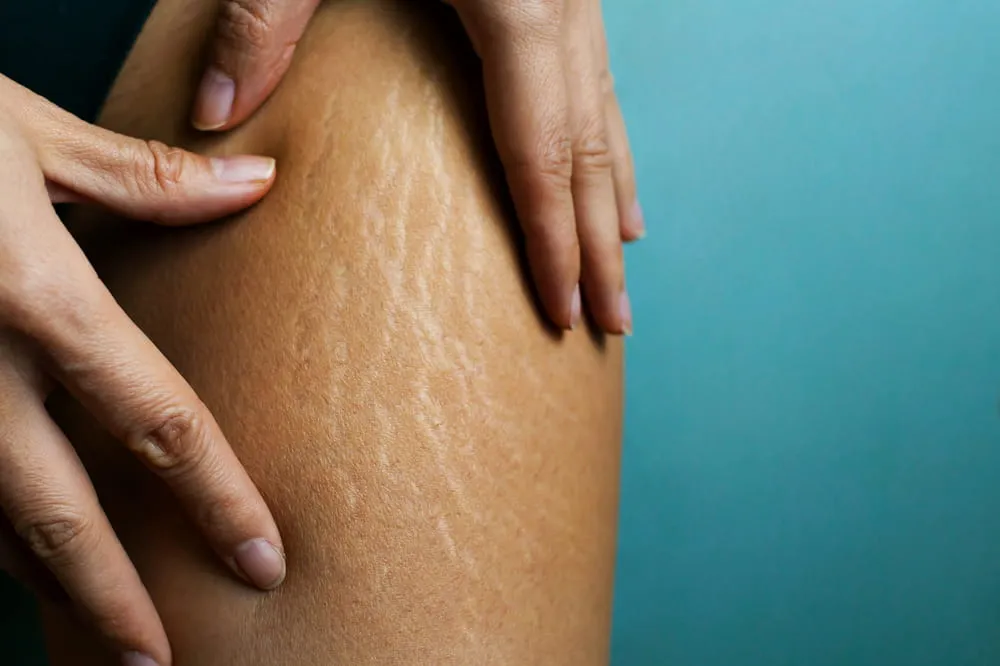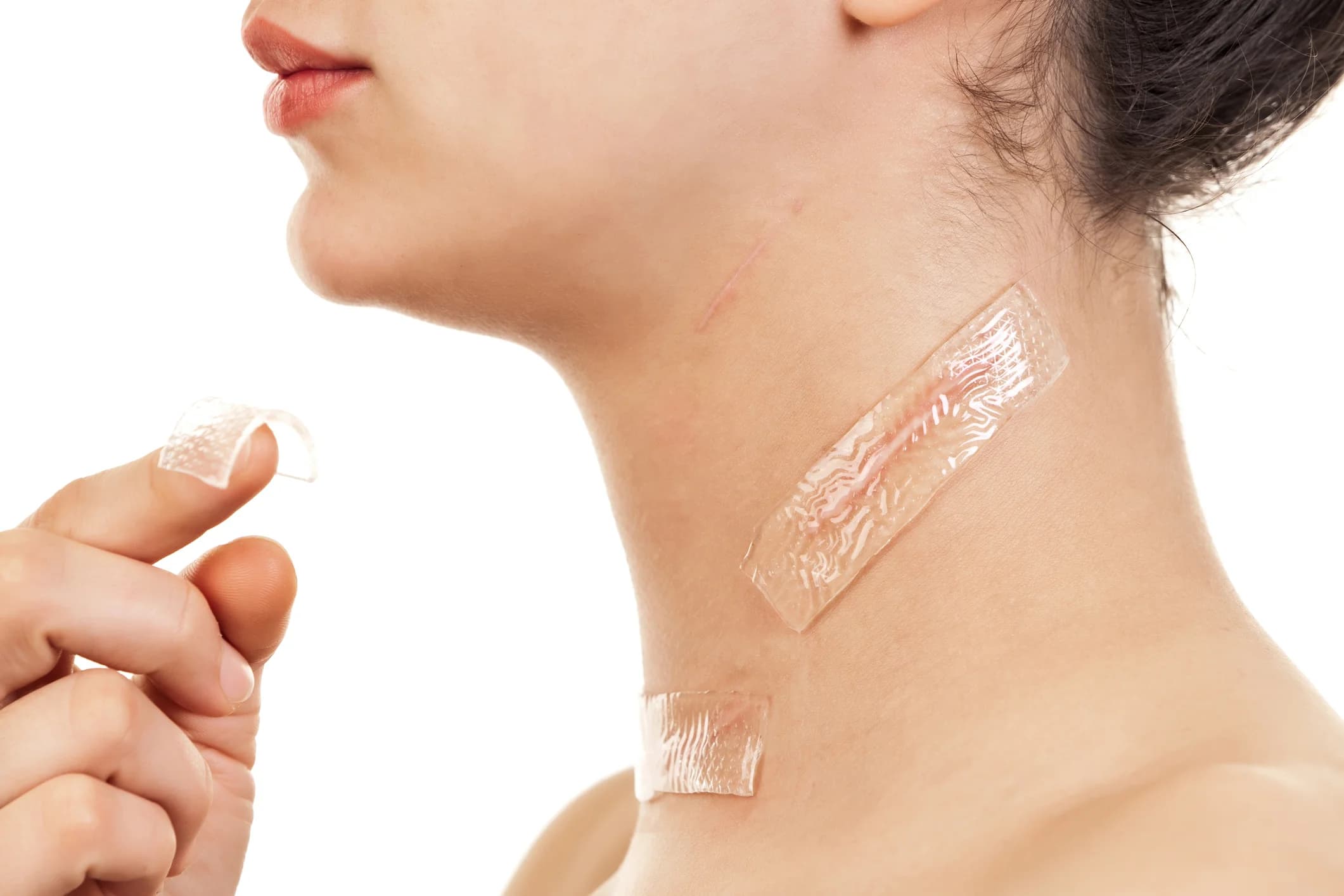When a skin wound occurs, a protein called collagen forms around the wound to repair it. This process can result in a scar. Scars are a natural part of the healing process your body uses to repair and close wounds. Your scars may be the result of acne, stretch marks, or injury. There are a variety of options on how to get rid of your old scars.
Types of Scars
Since the type of scar removal treatment, you’re qualified for depends on the kind of scar you have, it’s important to know the differences. The most common types of scars are:
Keloid scars: These are scars caused by an injury. The firm pink/dark red scars are a result of extra collagen under your skin. Keloid scars also extend beyond the area of the initial injury.
Hypertrophic scars: These types of scars look like keloid scars but don’t go beyond the affected area. These are easier to treat than keloid scars.
Contracture scars: These are caused by severe burns which leave a scar. Contracture scars are often deep and can tighten the skin, sometimes restricting movement.
Acne scars: Severe acne may leave scarring on your skin. These are permanent textural changes and indentations left on the skin as a result of a serious acne breakout.

What is scar revision?
Scar revision refers to the treatment used to reduce the appearance of scars. This treatment may vary from creams you put on your skin to surgery. The goal is to help the scar to more closely match the color and texture of the surrounding skin.
Effective Scar Treatment Options
Surgical procedure:This is the most invasive type of scar treatment. During surgery, your doctor can reduce the size of a wide scar or take skin from another part of your skin to place it over the scarred area.
Laser scar removal: This non-invasive option is used for surgical scar treatments. During this intense light is used to reduce the size, color, and shape of a scar.
Chemical peels: A dermatologist will place a chemical solution over the area of your skin where scarring occurs. After removing the peel, a layer of skin lifts away to reveal a smoother layer of skin. This treatment option is best for surface-level scars and requires multiple treatments.
Dermabrasion: With a machine (which looks like a small sander) your dermatologist will smooth away the top layer of your skin.
Injections: Used for scars that rise above the skin, steroid injections can shrink the size of the scar and make it even with the surface of your skin.
Creams: Scar removal creams and ointments are a good solution for minor scarring. Your doctor may also prescribe scar treatment gels, which are more effective.
Skin bleaching: Substances that lighten the skin may reduce the appearance of scars.
Microneedling: A healthcare provider uses a device to create microscopic punctures in your skin, which encourages remodeling and improves scar appearance.

DIY remedies for scar removal at home
For those not interested in extraneous or expensive scar removal options, there are some ways to assist your body’s healing of scars. If you are trying to heal scars naturally without surgery, take a look at these inexpensive remedies you can perform from the comfort of your own home:
Aloe Vera: You can use a topical gel or the natural insights of an Aloe Vera. Gently apply the clear gel to scars twice a day in a soft, circular motion. Wait 30 minutes and rinse off the gel with cool water. This process can be done once in the morning and once in the evening.
Vitamin E: Pour a vitamin E capsule over a scar and massage for several minutes. Wash off the oil and repeat this process multiple times a day.
Apple Cider Vinegar: For this, you can combine a few tablespoons of distilled water with a tablespoon of apple cider vinegar. Using a cotton ball, place the solution on top of your scar. Wash off the solution after a few minutes, and be sure to moisturize to replenish the skin.
Honey: You can cover the scar with honey overnight, then wash it off in the morning & repeat the next night.
Coconut Oil: Heat the coconut oil slightly so it melts. Massage the scar with oil for 10 minutes and rinse.
Lemon/Lime Juice: Using a cloth, place lemon or lime juice on your scar. Let this sit for a few minutes on the skin before washing it off. The acidic qualities of the juice help remove dead skin cells along the scar and can lessen the redness or appearance of scars.
Conclusion
In conclusion, getting rid of old scars involves a variety of treatment options, each tailored to the type and severity of the scar. Topical treatments like silicone gels or sheets can be used on healing skin to soften and flatten the scar. Steroid injections are effective for certain types of scars like thick or keloid scars. Laser therapy targets blood vessels to reduce the appearance of a scar. Dermal fillers can be used to plump pitted scars. Other treatments include chemical peels, subcision, punch excision, and microneedling. It’s important to remember that while these treatments can help reduce the appearance of scars, they cannot completely eliminate them. Always consult with a healthcare provider to determine the best treatment option for your specific scar.
Read more: